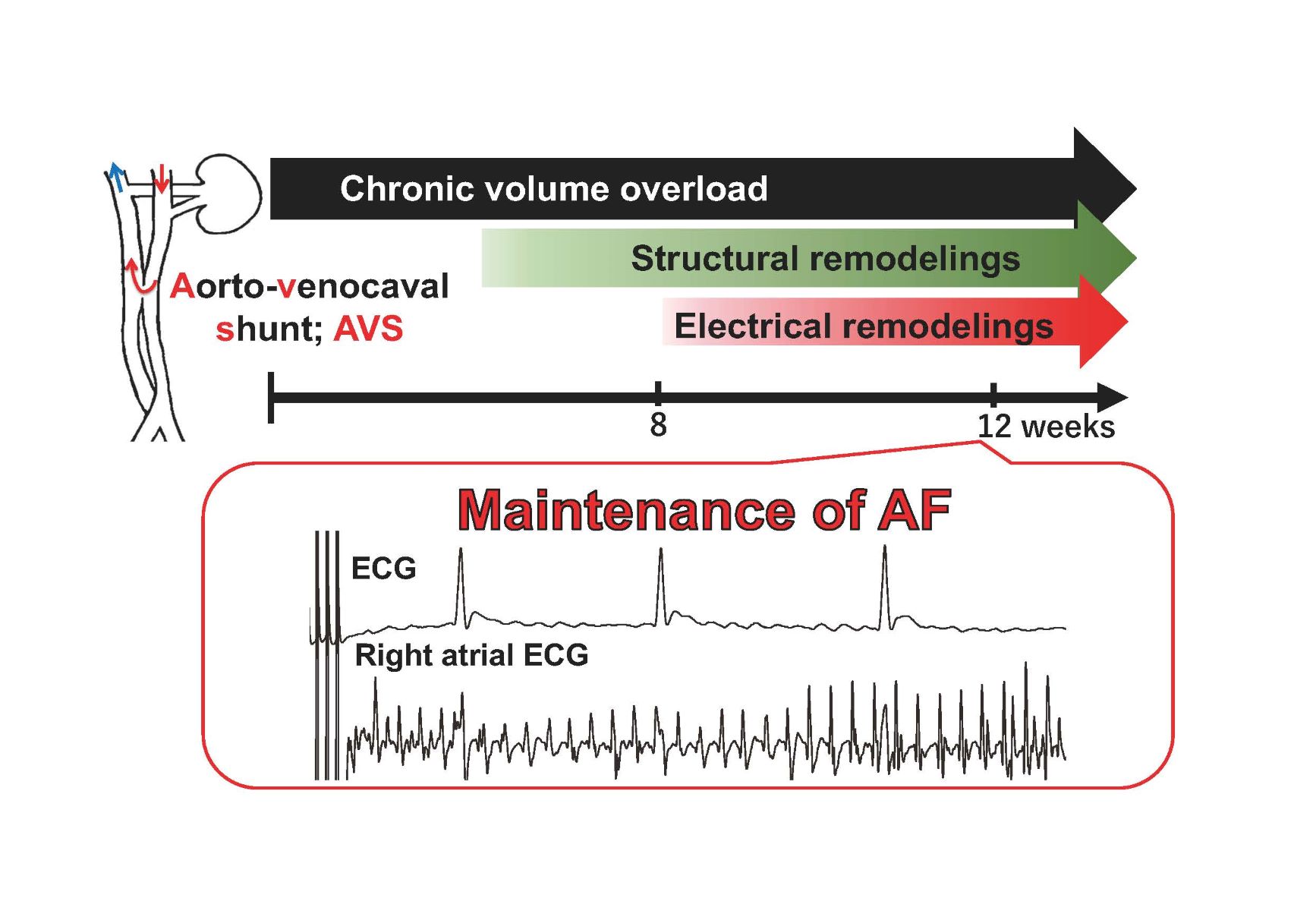May 23, 2025
Ferulic acid, a natural compound found in rice bran, suppresses intestinal contractions by inhibiting calcium influx

From left: Dr. Keisuke Obara, Dr. Kento Yoshioka, Dr. Yoshio Tanaka
A research team led by Dr. Keisuke Obara, Dr. Kento Yoshioka, and Professor Yoshio Tanaka from the Faculty of Pharmaceutical Sciences at Toho University has revealed that ferulic acid (FA), a polyphenol abundant in rice bran, suppresses intestinal smooth muscle contractions by inhibiting voltage-dependent calcium channels. This finding may open new avenues for dietary-based strategies to manage intestinal motility disorders such as irritable bowel syndrome (IBS) and inflammatory bowel disease (IBD).
Ferulic acid is widely known for its antioxidant and neuroprotective properties. It is commonly consumed as a component of whole grains, particularly in rice bran. Previous studies have focused on its systemic benefits, but its influence on gastrointestinal motility remained unclear.
In conditions such as IBS and IBD, patients often suffer from abnormal intestinal movements—either excessive or reduced. The current study explored whether FA could influence such contractions in the gut.
The team conducted experiments using guinea pig ileal longitudinal smooth muscle (ILSM) and observed that FA significantly and reversibly inhibited contractions induced by various neurotransmitters such as acetylcholine, histamine, prostaglandin F2α, and serotonin. These effects were found to be noncompetitive and concentration-dependent. Further investigations using vascular smooth muscle cell models revealed that FA also reduced intracellular calcium elevation caused by potassium chloride, indicating its action on voltage-dependent calcium channels.
This research suggests that FA could serve as a natural modulator of intestinal motility. It may help alleviate diarrhea-predominant IBD by calming excessive smooth muscle activity. However, in individuals with constipation-predominant IBS or healthy persons, FA might exacerbate symptoms by overly suppressing motility.
The researchers also noted that the FA concentrations effective in vitro were higher than typical blood levels achieved through diet. However, since intestinal concentrations may be higher after oral intake, further studies are warranted to assess physiological relevance and potential clinical applications.
These findings provide a basis for further research into the development of dietary interventions or supplements targeting gut motility using ferulic acid. Clinical trials will be essential to confirm whether these effects can be replicated in humans and to determine the appropriate intake levels for therapeutic efficacy.
-1024x768.jpg)
A schematic summary of this study
Journal:
Journal of Pharmacological Sciences (May 20, 2025)
Title:
Ferulic acid suppresses guinea pig ileal longitudinal smooth muscle
contractions by inhibiting voltage-dependent Ca2+ channels
Authors:
Keisuke Obara, Kento Yoshioka, Aya Shimada, Sakika Ichihara,
Wakaba Kinami, Futaba Makino, Naho Takazakura, Miwa Enomoto,
Yoshio Tanaka
DOI: 10.1016/j.jphs.2025.05.012
Abstract URL: https://doi.org/10.1016/j.jphs.2025.05.012
READ MORE RESEARCH NEWS - PHARMACEUTICAL SCIENCES
Undergraduate Programs
– Medicine
– Pharmaceutical Sciences
– Science
– Nursing
– Health Science
Graduate Programs
–Medicine
–Pharmaceutical Sciences
–Science
–Nursing
RESEARCH
– News
– Guidelines & Policies
– Support Offices
– Facilities
– Security Export Control
Non-Degree Programs
– Clinical Elective Program
– International Physician Observership Program



.jpg)
